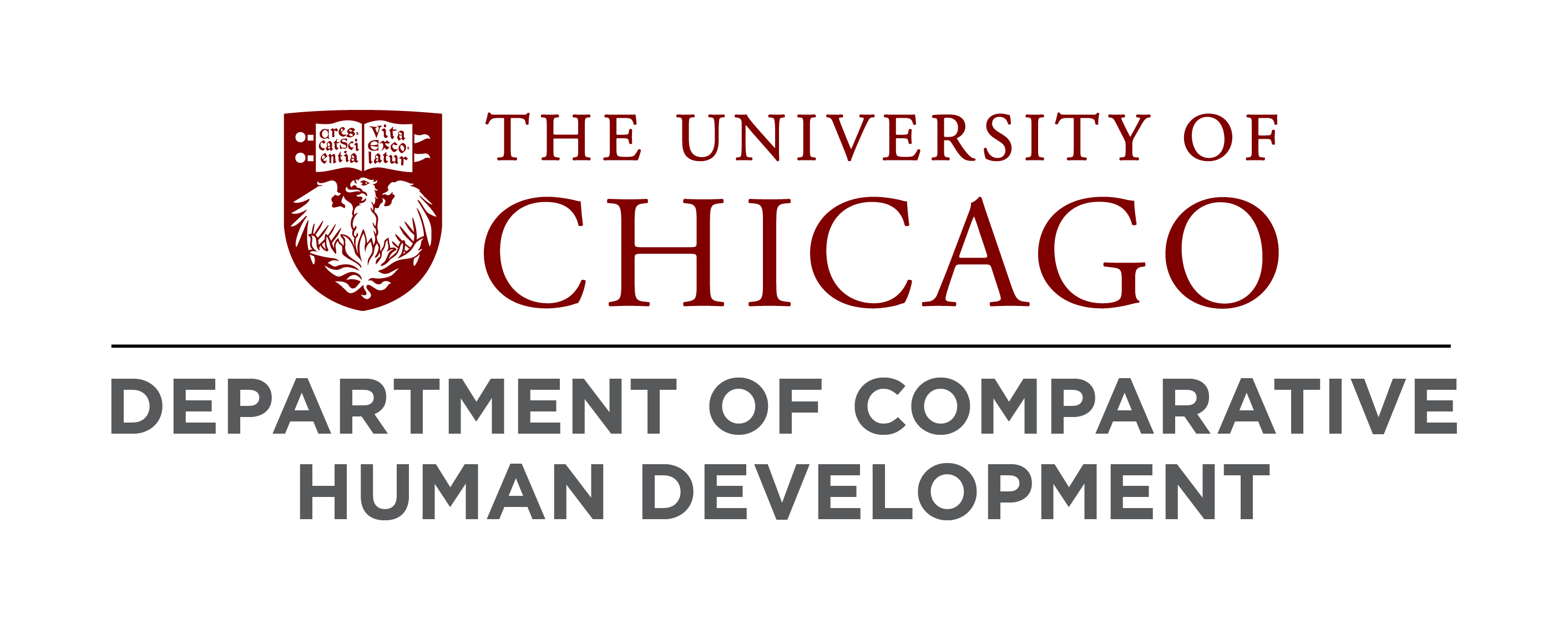Identifying unaccompanied minors in the U.S. finds disparities in court representation
Research published in International Migration Review offers a novel approach through new data
By Sarah Steimer
Research on the treatment of unaccompanied minors in the U.S. has been plagued by a lack of data transparency and administrative data quality issues, hindering both scholarly exploration and advocacy. In an effort to draw out more information, researchers led by Chiara Galli, assistant professor in the Department of Comparative Human Development developed a novel approach to identifying unaccompanied minors in immigration court records. In doing so, the new data — described in an International Migration Review article — uncovers significant geographic and demographic disparities in rates of court representation among this population.
Unaccompanied children are a protected category of immigrants under U.S. law, receiving special due process protections that adults don't have. Previously, court records would flag cases with a "J-code" for unaccompanied children to identify and categorize them for the purpose of immigration and legal proceedings. In 2017, however, changes were introduced by President Donald Trump’s administration that altered how minors were identified and classified, making it more difficult to track them through the immigration court system.
“We have data, of course, but we just can't distinguish unaccompanied children from everyone else,” Galli says. “This is the data challenge that we took on and we found a way to fix.”
Galli and her coauthors developed a novel approach to identify unaccompanied minors in administrative data from the Executive Office for Immigration Review. They extrapolated statistics that included population demographics, geographic location of cases, representation rates, and case outcomes between 2009 and March 2023. Galli emphasizes that, in laying out how they devised and verified their methods, the team is opening an opportunity for other scholars to use the approach for studying this population.
The paper also lays out some key findings from their extrapolations, with the researchers focused on two particular outcomes: access to counsel and case results. During the study period, only 51% of unaccompanied children were represented by an immigration attorney at any time during their removal proceedings. They also found that children who were not represented by an attorney were far more likely to be ordered deported.
“The descriptive statistics show really clearly that representation is crucial,” Galli says. “Among children whose cases were granted by an immigration judge, 98% were represented. It's essentially impossible to fare well in this process on your own. I know this based on my qualitative work as well — and people have written extensively about how difficult this legal process is, especially for a child, because of added developmental challenges.”
Representation for unaccompanied minors declined almost every year during the first Trump presidency. During the study period, 56% of children's cases on which a decision was reached ended in a deportation order. For children whose cases were decided under the first Trump administration, 70% were ordered deported, compared with 51% and 45% under the Obama and 45% Biden administrations, respectively.
The team also identified significant geographic and demographic disparities in representation rates. “We find that there's a lot of variation in access to counsel depending on where you go to immigration court, depending on whether you're in a city or in a rural area, depending on whether you live under a Democratic or Republican state,” Galli says.
What the paper shows, which Galli says translates very clearly into a policy recommendation, is the need to invest in legal representation in certain areas where representation rates are lower for minors. The data also suggests the need for programs that target caretakers of the youngest children to connect them with counsel, as this youngest population is least likely to be represented.
The paper highlights the extensive waiting periods for children’s cases to actually land in court as well: About half of the cases were pending at the time of the study period without a closing date. The ones that were decided had been pending for six years on average. Sometimes this meant that the minors aged into adulthood, an even more precarious immigration status.
Galli underscores the need for legal representation for minors, especially as the federally funded network of attorneys who help these children is under threat. From her qualitative work studying the population, she has seen firsthand how minors might be stigmatized and their every move scrutinized in court. She was interested in seeing to what extent the experiences she witnessed were quantitatively generalizable using national data — which is where she ran into a lack of clear information.
“There's a real problem in the U.S. immigration system of a lack of transparency on administrative data,” Galli says. “The government collects a lot of data on immigrants who are in immigration court, applying for relief at United States Citizenship and Immigration Services, that are in detention facilities, that are in shelters run by the Office of Refugee Resettlement, you name it. But there's very little out there that researchers can use. This is detrimental to our understanding of how these bureaucracies work and the effects of the law on migrants’ lives. We can't really make a case for more resources to represent a certain population if we don't even know how many of them are going to court alone.”
Having access to this information, Galli says, has scholarly and advocacy implications, but there should also be transparency for citizens: “We need to know how our government works.”
 THE UNIVERSITY OF CHICAGO
THE UNIVERSITY OF CHICAGO


